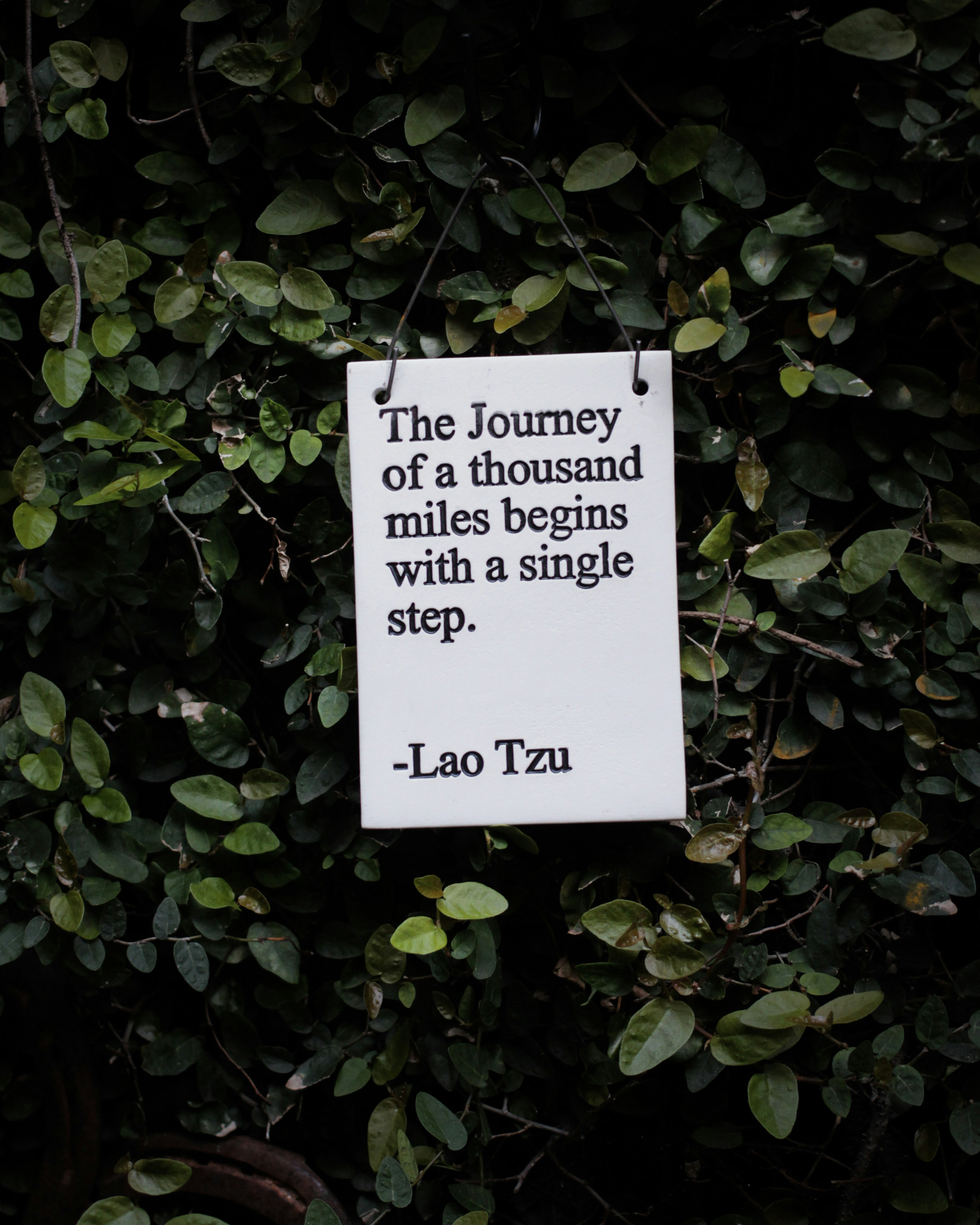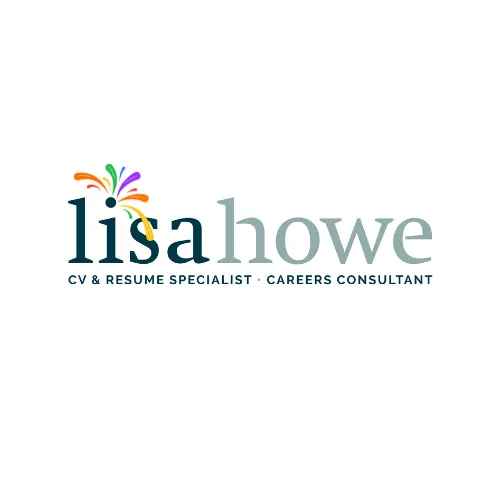Career Catalyst Blog
Stay updated with practical advice, and expert tips on CV writing, and insights into leveraging LinkedIn for professional growth. Our blog covers key topics to support your career development, whether you're seeking a new role or aiming to excel in your current position.

How To Craft a Standout LinkedIn Profile
A standout LinkedIn profile is essential in today's competitive job market. Recruiters spend countless hours scouring profiles for potential candidates, and you want to ensure yours catches their eye.
Here’s a comprehensive guide, packed with expert-approved steps, to help you craft a standout LinkedIn profile.
1. Professional Photo
Your profile photo is the first impression you make. Ensure you use a high-quality, recent headshot that looks professional. Aim for a clean background, good lighting, and a friendly, approachable expression. This small detail can make a big difference in how recruiters perceive you.
2. Compelling Headline
Go beyond your job title in your headline. This space is prime real estate for showcasing your value. Instead of simply stating "Software Engineer," try "Innovative Software Engineer Specialising in AI and Machine Learning Solutions." This approach highlights your role and your unique strengths and specialities.
3. Engaging Summary
Your summary is your elevator pitch. In 3-5 punchy paragraphs, tell your career story. Highlight your passions, key achievements, and what drives you. This section should give a sense of who you are professionally and personally. Use first-person narrative to make it more engaging and relatable.
4. Experience Section
When detailing your experience, focus on achievements rather than responsibilities. Use bullet points to list specific accomplishments, metrics, and impact. For example, instead of saying "Managed a team of developers," say "Led a team of 10 developers to deliver a major project 2 months ahead of schedule, improving process efficiency by 20%."
5. Skills & Endorsements
List relevant skills that reflect your expertise and the roles you’re targeting. Actively seek endorsements from colleagues, supervisors, and clients to add credibility. Endorsements serve as social proof, enhancing your profile’s attractiveness to recruiters.
6. Recommendations
Request and give meaningful recommendations. These testimonials provide third-party validation of your skills and work ethic. When requesting a recommendation, be specific about what you’d like the person to highlight. Similarly, write thoughtful recommendations for others, focusing on their strengths and contributions.
7. Education & Certifications
Showcase your learning journey by listing your education and any relevant certifications. This demonstrates your commitment to continuous learning and professional development. Include any courses, workshops, or training that are pertinent to your field.
8. Volunteer Experience
Highlight your volunteer experiences to demonstrate your values and soft skills. Volunteering shows that you’re community-oriented and have interests outside of work. It also offers a chance to highlight additional skills such as leadership, project management, and teamwork.
9. Custom URL
Create a personalised LinkedIn URL for easy sharing. A custom URL not only looks professional but also makes it easier for people to find you. Edit your LinkedIn profile URL to something simple, like LinkedIn.com/in/yourname
Here's how to personalise your LinkedIn URL: https://www.linkedin.com/help/linkedin/answer/a542685/manage-your-public-profile-url?lang=en#:~:text=Click%20the%20Me%20icon%20at,to%20your%20public%20profile%20URL.10.
10. Regular Activity
Engage with your network regularly by sharing industry insights, commenting on posts, and participating in discussions. Regular activity keeps your profile visible and shows that you’re active in your professional community. It’s a great way to build relationships and stay updated on industry trends.
Implement these tips and take your LinkedIn profile to the next level. Once you’ve made some improvements, comment below with your biggest profile enhancement! 👇
Need some support with your LinkedIn profile? Book a free discovery call!
#LinkedInTips #CareerAdvice #PersonalBranding #JobSearch #NetworkingStrategy

Embark on Your Career Adventure - Connect Now!
© Copyright 2025 LHCVSolutions Ltd - Privacy Policy - Terms & Conditions


Instagram
LinkedIn